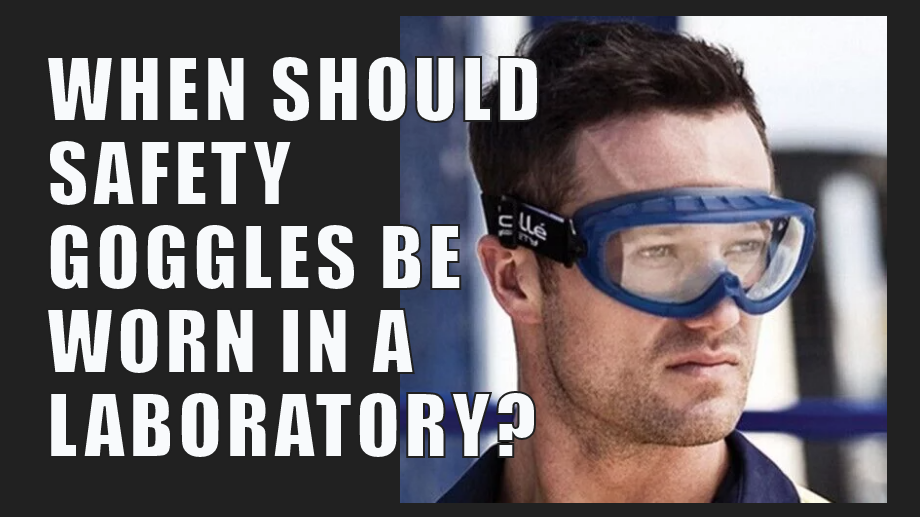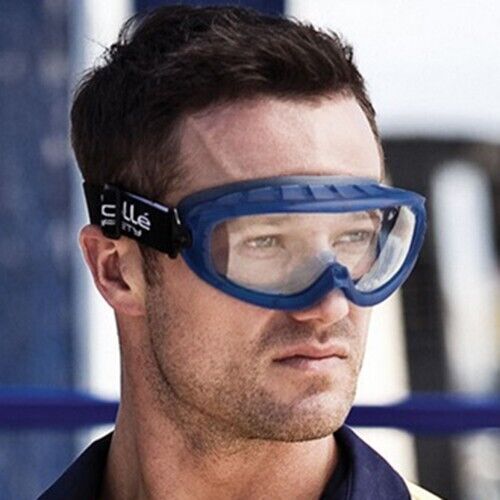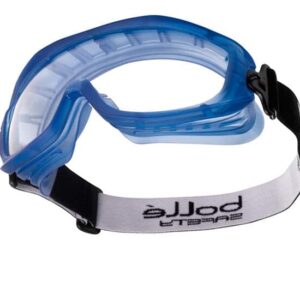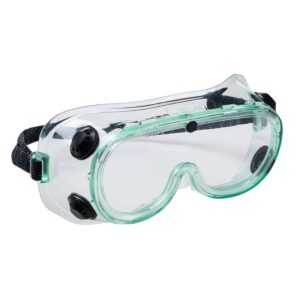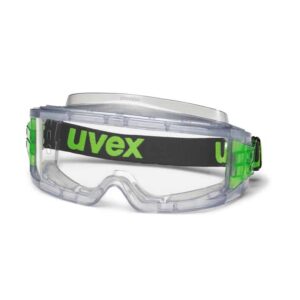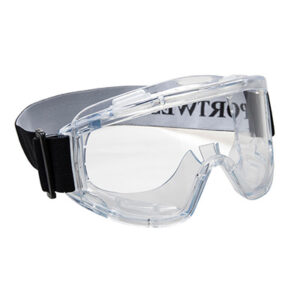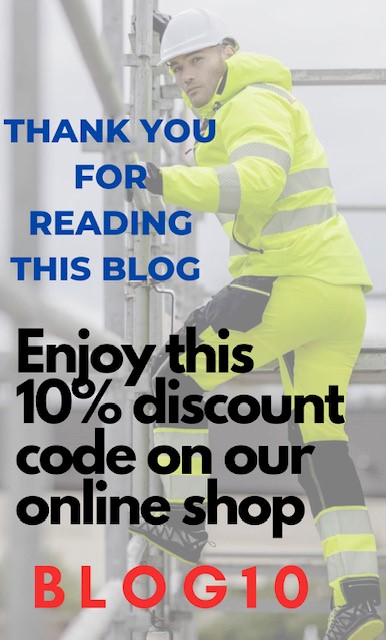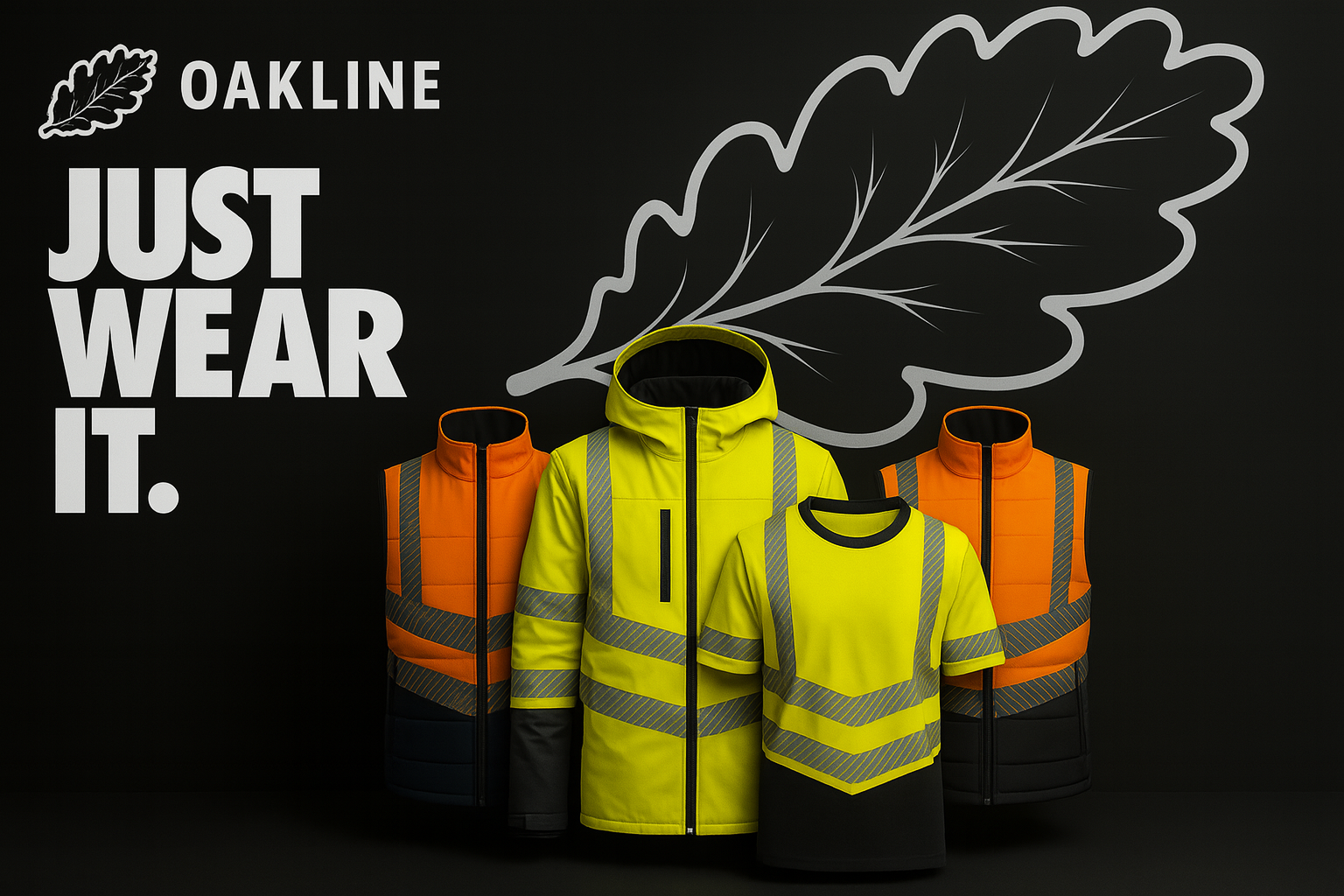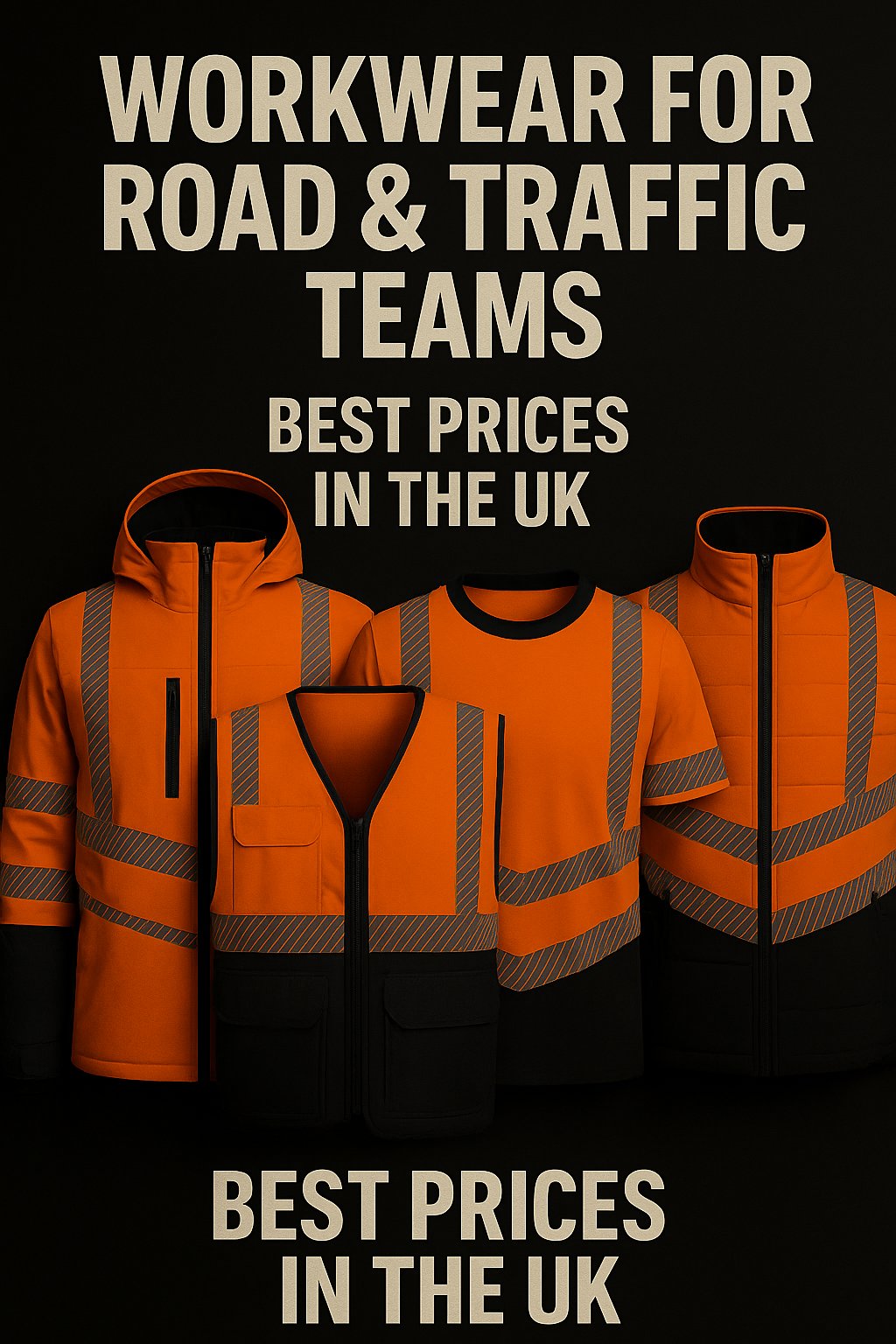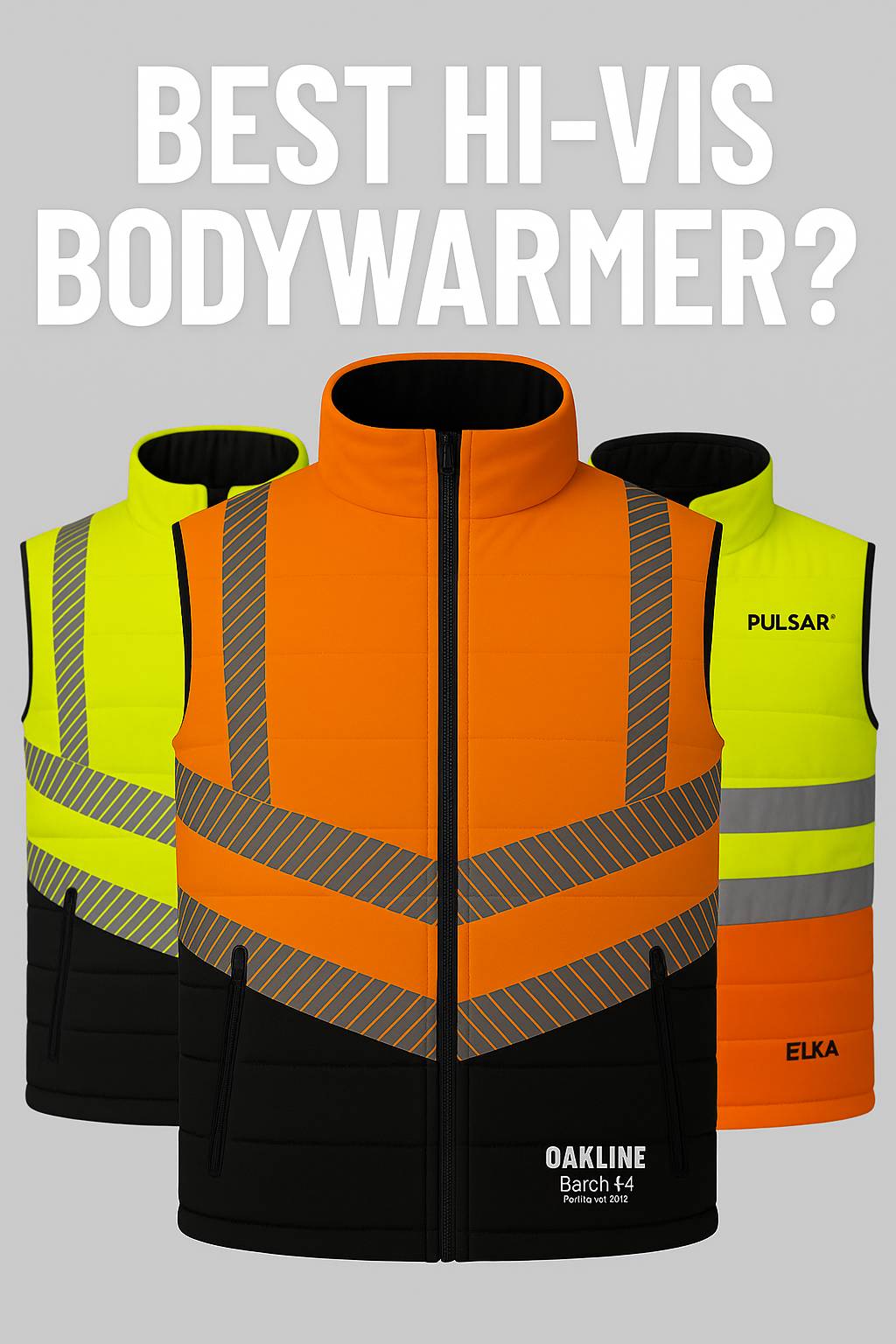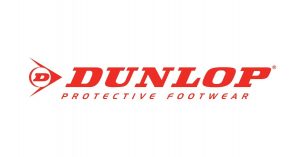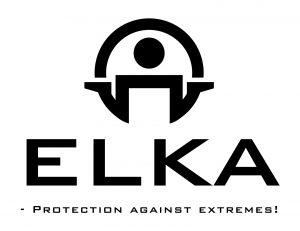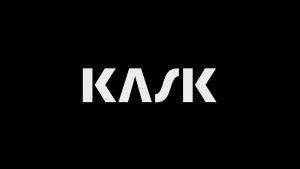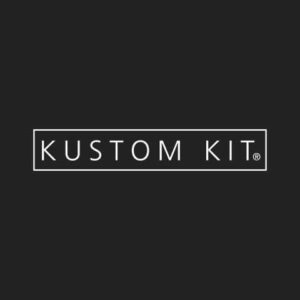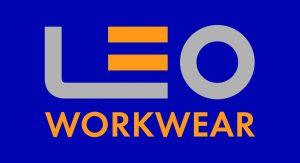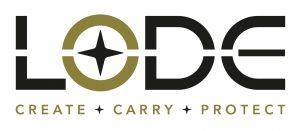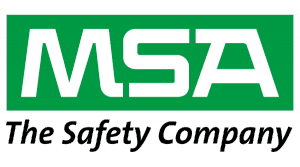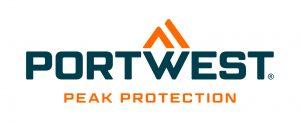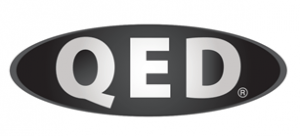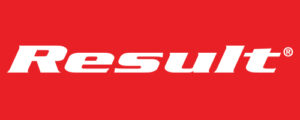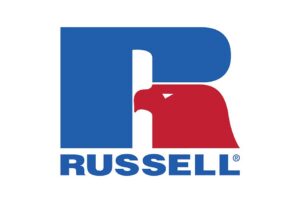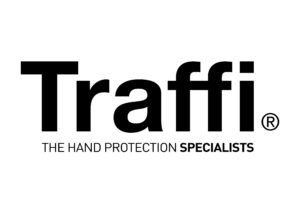Safety goggles are an essential piece of personal protective equipment that should be worn in any laboratory setting where there is a risk of eye injury. This includes laboratories where chemicals, gases, or other hazardous materials are used or stored, as well as labs where equipment or procedures can produce flying particles or debris.
Key Takeaways:
- Essential Safety Gear: Safety goggles are crucial for eye protection in laboratories.
- Broad Hazard Protection: They guard against chemicals, radiation, particles, and heat.
- Appropriate Selection: Importance of choosing durable, lab-suitable goggles.
- Injury Statistics: Notable number of eye injuries reported in UK labs, emphasising risk.
- Availability: OAKEYS safety offers a diverse range of safety goggles for lab use.
When working in a laboratory, it's important to always assess the potential risks and hazards before beginning any activity. This includes considering the type of materials and chemicals being used, as well as the potential for spills, splashes, or other accidents. If there is any risk of eye injury, safety goggles should be worn at all times.
It's also important to note that safety goggles should be worn even if the risk of eye injury seems low. For example, even small amounts of liquid or powder can cause serious eye injuries if they get into the eyes, so goggles should always be worn when working with these materials.
In addition to protecting against direct eye injury, safety goggles also provide protection against indirect eye injury. This includes protection against harmful ultraviolet (UV) radiation, which can cause eye damage over time. UV radiation is present in many laboratory settings, including those where UV lamps or lasers are used.
When selecting safety goggles, it's important to choose a pair that is specifically designed for laboratory use. These goggles should be made of a durable material that can withstand the chemicals and materials used in the lab, and they should fit snugly and comfortably to ensure they stay in place while you're working.
It's also important to make sure that the goggles you choose provide the level of protection you need for the specific hazards present in your lab.
What are the risks to your eyes when in a laboratory?
In a laboratory, there are various risks to your eyes that you should be aware of, including:
- Chemicals:
Chemicals used in laboratories can cause severe eye damage, including chemical burns or blindness. Always wear appropriate protective eyewear when handling hazardous chemicals.
- Radiation:
Exposure to ultraviolet (UV) or infrared (IR) radiation can cause damage to the eyes. Always use appropriate protective eyewear when working with radiation.
- Particles:
Laboratory work may involve cutting, grinding, or drilling materials, which can create small particles that can cause eye injuries. Always wear protective eyewear, such as goggles or a face shield, when working with these materials.
- Biological agents:
Exposure to biological agents, such as viruses, bacteria, or fungi, can cause eye infections. Always wear appropriate protective eyewear when handling biological agents.
- Heat:
Working with high temperature materials, such as molten metal or flames, can cause eye injuries. Always wear appropriate protective eyewear, such as goggles with IR filters, when working with high-temperature materials.
- Mechanical hazards:
Moving machinery, such as centrifuges or grinders, can cause eye injuries. Always wear appropriate protective eyewear when working with or around moving machinery.
- Explosions:
Laboratory experiments may involve the use of explosive materials, which can cause eye injuries. Always wear appropriate protective eyewear when working with or around explosive materials.
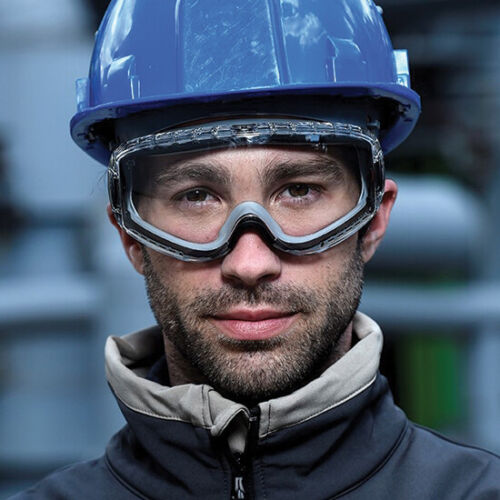
Best safety goggle options
Statistics around eye injuries in Laboratories
According to a report published by the Health and Safety Executive in the UK, there were a total of 249 reported eye injuries in laboratories in the year 2019/2020. This represents a slight increase from the previous year, which saw 239 reported eye injuries.
Of the reported eye injuries in laboratories in 2019/2020, 55% were caused by chemical splashes or exposure to harmful substances. The remaining injuries were caused by a range of factors, including flying debris, physical impact, and radiation.
In terms of severity, the majority of eye injuries in laboratories were classified as minor, with only a small number being classified as major or severe. However, even minor eye injuries can have a significant impact on a person's vision and ability to work, and it is therefore important to take steps to prevent all types of eye injuries in laboratory settings.
Conclusion
In conclusion, safety goggles are an essential piece of PPE that should be worn in any laboratory setting where there is a risk of eye injury. It's important to always assess the potential risks and hazards before beginning any activity and choose the appropriate goggles for the specific hazards present in your lab.
It's also important to note that it is not only the lab workers but everyone present in the lab should have to wear safety goggles to protect from potential hazards. Safety goggles should be worn at all times in the lab, even if the risk of eye injury seems low.
Perhaps you don't wear safety goggles but safety glasses instead, here is a blog which goes over the importance of safety glasses.
OAKEYS safety has a great selection of safety goggles for laboratories available on our online store, follow the link below to see the full range of safety goggles.
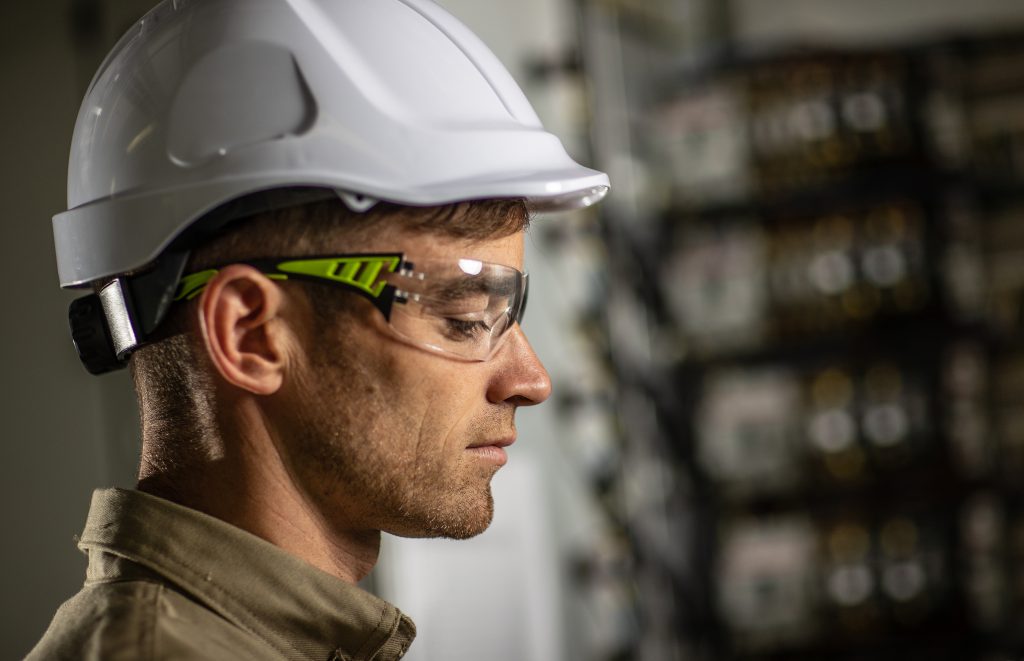
Safety Glasses & Safety Googles
- What are the main risks to my eyes in a laboratory setting?
- Learn about the various hazards like chemicals, radiation, and mechanical particles that necessitate the use of safety goggles in labs.
- Why are safety goggles essential in laboratories?
- Understand the critical role of safety goggles in protecting against eye injuries from diverse lab risks.
- How do I choose the right safety goggles for my lab work?
- Get insights on selecting durable, appropriate goggles that fit well and suit the specific hazards of your laboratory environment.
- Are there any statistics on eye injuries in laboratories?
- Discover eye injury data from UK labs, highlighting the prevalence and nature of such injuries and the importance of protective eyewear.
- What are the differences between safety goggles and safety glasses?
- Find out the distinct features and protective capabilities of safety goggles compared to safety glasses in lab settings.
- Where can I find quality safety goggles for laboratory use?
- Explore options for purchasing high-quality, lab-appropriate safety goggles from OAKEYS safety’s online store.
- Is it necessary to wear safety goggles even for low-risk lab activities?
- Understand why it’s crucial to wear safety goggles in all lab activities, regardless of the perceived risk level.
- Do safety goggles provide protection against UV and IR radiation?
- Learn how safety goggles can shield your eyes from harmful ultraviolet and infrared radiation in certain laboratory environments.
-
One range. All year. Looks good. Gets the job done. Why bother with a bundle? Let’s be real: most lads on site don’t care what jacket they’re in — until it leaks, rips, or makes them look like they’ve robbed it from a bin. The OAKLINE range fixes that: The OAKLINE kit (simple) Water-resistant =…
-
Working on or near live carriageways is one of the highest-risk environments in the UK. Visibility, weather protection and comfort directly affect safety and productivity. This guide explains what road and traffic teams need from hi-vis workwear, how to choose the right classes and colours, and where OAKLINE fits alongside established brands such as Portwest,…
-
When you’re kitting out a construction or logistics team, the right hi-vis bodywarmer keeps your crew visible, warm, and moving freely on site. But with dozens of options from big names like Portwest, PULSAR, and ELKA, how do you know which one is right for your budget and sector? At OAKEYS Safety, we’ve compared the…

